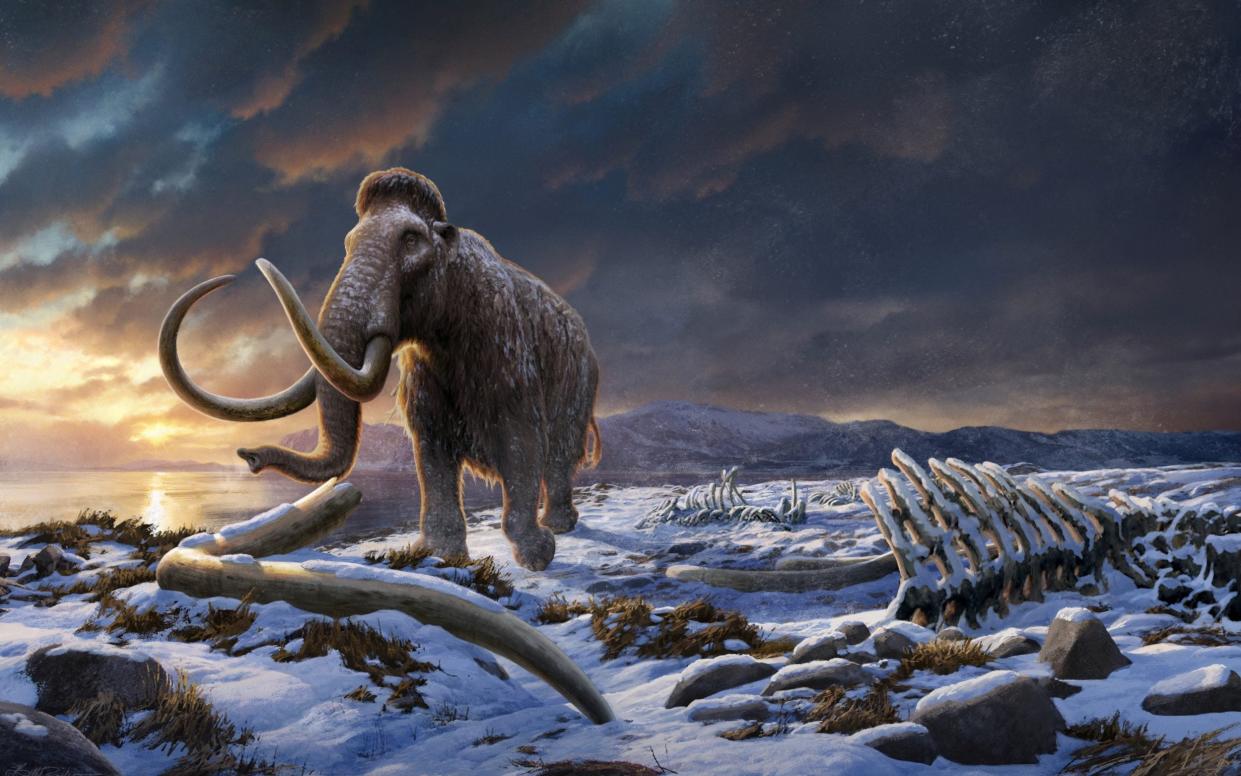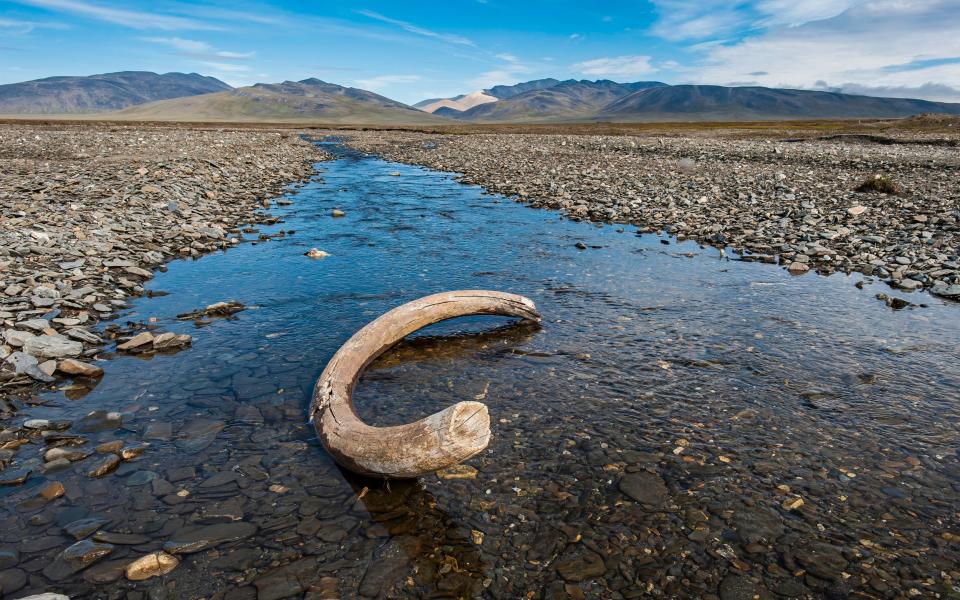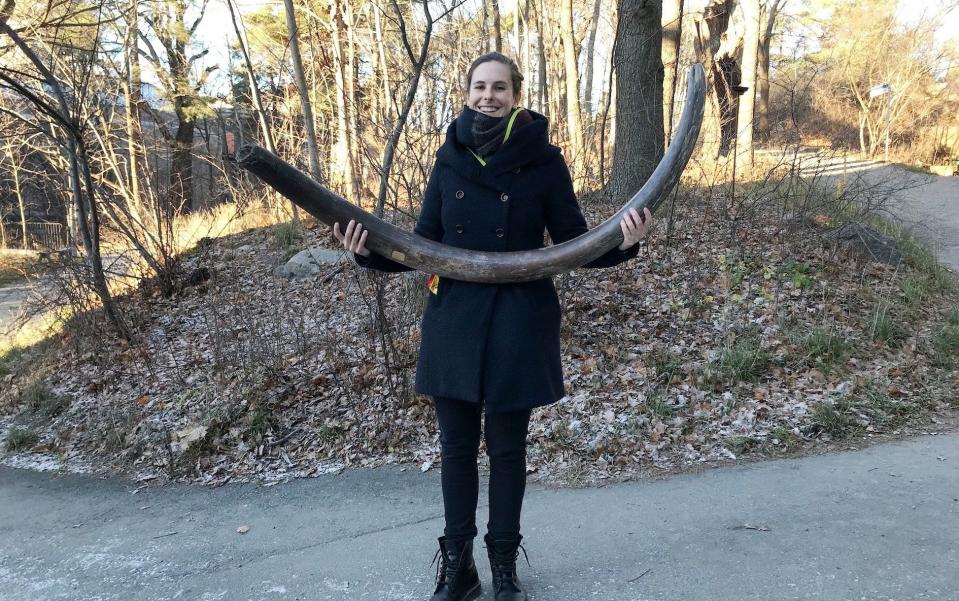Last woolly mammoths were inbred, but that’s not why they became extinct

The last woolly mammoths were inbred, scientists have discovered, but this is not the reason they became extinct.
Scientists say the last population of the huge animals was isolated on Wrangel Island off the coast of Siberia 10,000 years ago when sea levels rose and cut the island off from the mainland.
Now a new genomic analysis has revealed that the isolated mammoths, which lived on the island for the subsequent 6,000 years, originated from a maximum of eight individuals but grew to 300 within 20 generations.
The findings, published in the journal Cell, reveal that the Wrangel Island mammoths’ genomes showed signs of inbreeding and low genetic diversity, but not to the extent that it could explain their ultimate extinction.
Senior author Prof Love Dalen, an evolutionary geneticist at Stockholm University, Sweden, said: “We can now confidently reject the idea that the population was simply too small and that they were doomed to go extinct for genetic reasons.
“This means it was probably just some random event that killed them off, and if that random event hadn’t happened, then we would still have mammoths today.”
In addition to shedding light on woolly mammoth population dynamics, the research team say the analysis of Wrangel Island mammoths could help inform conservation strategies for present day endangered animals.

First author Dr Marianne Dehasque said: “Mammoths are an excellent system for understanding the ongoing biodiversity crisis and what happens from a genetic point of view when a species goes through a population bottleneck because they mirror the fate of a lot of present day populations.”
To understand the genomic consequences of the Wrangel Island “bottleneck” on the mammoth population, the team analysed the genomes of 21 woolly mammoths - 14 from Wrangel Island and seven from the mainland population that predated the bottleneck.
The samples spanned the last 50,000 years of the woolly mammoth’s existence, providing a window into how mammoth genetic diversity changed through time.
Compared to their mainland ancestors, the Wrangel Island mammoth genomes showed signs of inbreeding and low genetic diversity.
The researchers said they also showed reduced diversity in the major histocompatibility complex - a group of genes known to play a critical role in the vertebrate immune response.
The team showed that the population’s genetic diversity continued to decline throughout the 6,000 years that the mammoths inhabited Wrangel Island, though at a very slow pace, suggesting that the population size was stable until the very end.
And although the island’s mammoth population gradually accumulated moderately harmful mutations throughout its 6,000-year tenure, the researchers showed that the population was slowly purging the most harmful mutations.

Dr Dehasque, of the Centre for Palaeogenetics, Sweden, said: “If an individual has an extremely harmful mutation, it’s basically not viable, so those mutations gradually disappeared from the population over time, but on the other hand, we see that the mammoths were accumulating mildly harmful mutations almost up until they went extinct.
“It’s important for present-day conservation programmes to keep in mind that it’s not enough to get the population up to a decent size again; you also have to actively and genetically monitor it because these genomic effects can last for over 6,000 years.”
The mammoth genomes analysed in the study do not include the final 300 years of the species’ existence.
But the researchers have unearthed fossils from the mammoth’s final period and plan to conduct genomic sequencing in the future.
Prof Dalen said: “What happened at the end is a bit of a mystery still - we don’t know why they went extinct after having been more or less fine for 6,000 years, but we think it was something sudden.”
He added: “I would say there is still hope to figure out why they went extinct, but no promises.”

 Yahoo News
Yahoo News 
